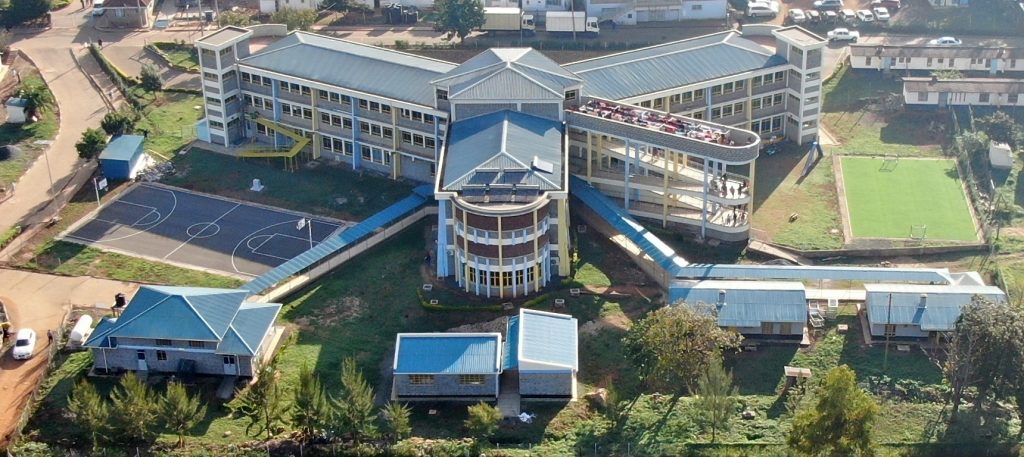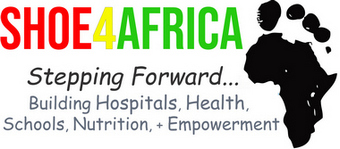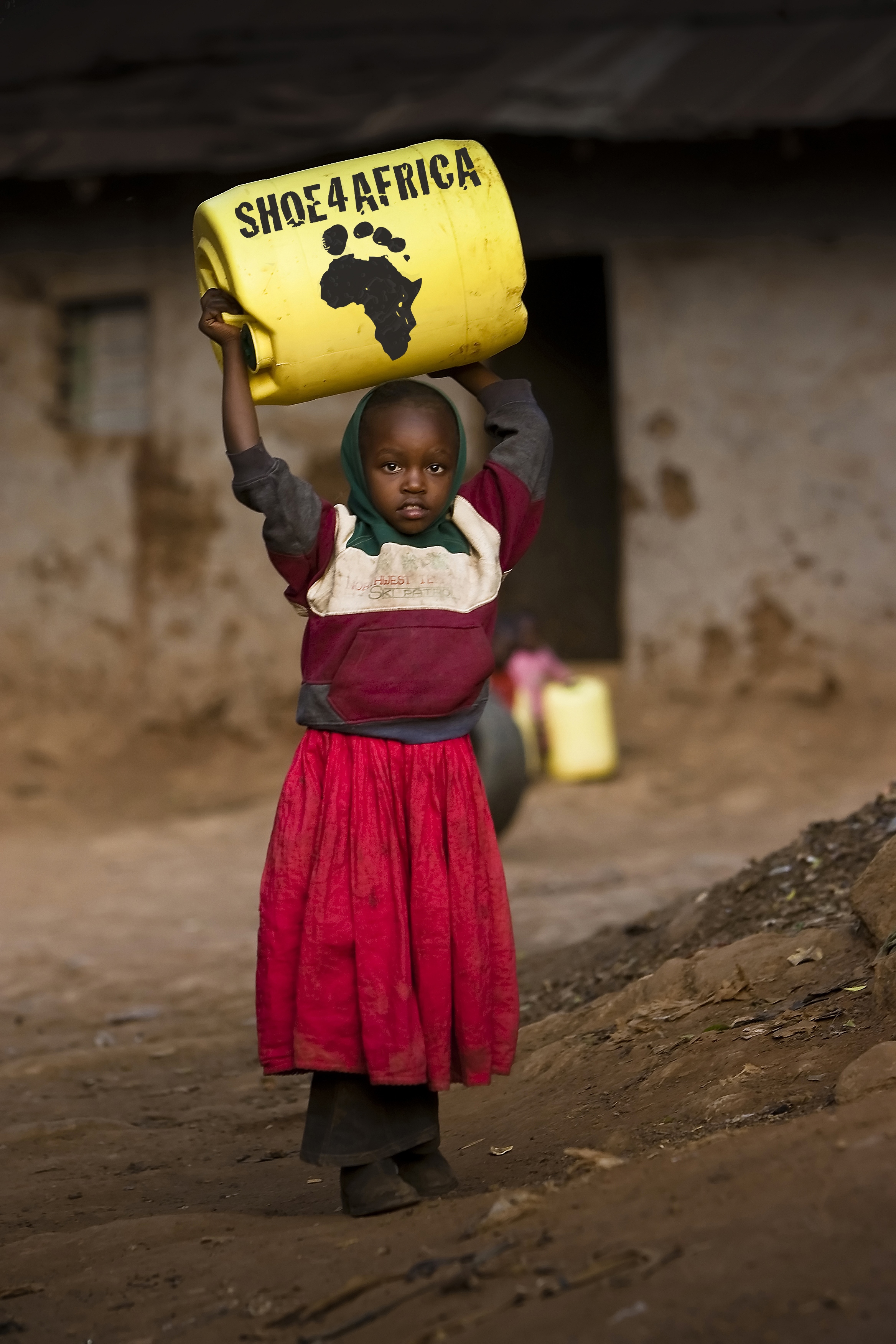
“Healthy Citizens are the Greatest Asset Any Country Can Have.” Winston Churchill
Prior to Shoe4Africa’s actions there was not a single public children’s hospital in East/Central Africa.
Located in Eldoret, Kenya, the Shoe4Africa Children’s Hospital is the region’s first and only public children’s hospital, serving over 430 patients per day (229 in-patients and 215 out-patients as of June 2025). As a Level 6 national referral teaching hospital, it is part of the Government’s Ministry of Health and is operated under the Moi Teaching & Referral Hospital.
Location: The Shoe4Africa Children’s Hospital, 3 Nandi Road, Eldoret 30100, Kenya. Directions here
Comprehensive Pediatric Care
Our hospital offers a wide range of essential services:
- Sick Child Clinic
- Emergency Services
- Neurology, Surgical, Medical, Oncology, and Burns Units
- ICU, HDU, two Operating Theatres
- Fully equipped Pharmacy and ISO-accredited laboratory
- Child Life Program and dedicated student training classrooms
- Daily specialty clinics: Neurology, Cardiology, Gastroenterology, Nephrology, Oncology, HIV, and Adolescent care.
Building the Future: Expansion Projects
We are expanding into the Shoe4Africa Children’s Health Village, see webpage.
Our History & Mission
Gifted to the people of Kenya on August 12, 2015, the hospital began serving patients immediately and has since grown to over 200-beds capacity. Our mission is to deliver advanced, safe, and effective pediatric medical and surgical care, while training East Africa’s next generation of healthcare professionals.
“I want to laud Shoe4Africa foundation for their efforts towards this project. This pediatric project in as far as health delivery is concerned is enormous.” Hon. Prof. P.A. A Nyong’o, Minister for Medical Services, The Star newspaper, Dec 31st, 2012.
“we wish to thank Toby Tanser, CEO Shoe4Africa Foundation, for fundraising for this project among his friends and well-wishers around the globe.” Dr. J. Kibosia, CEO Moi Teaching & Referral Hospital, The Star newspaper, Dec 31st, 2012.
Community & Regional Impact
We serve a catchment of over 25 million people, welcoming patients from neighboring countries like Tanzania, Uganda, Rwanda, Ethiopia, South Sudan, and Burundi—and occasionally from farther afield.
Why Kenya’s Children Need Public Hospitals
In Kenya, too many children die simply because their parents cannot afford the cost of care. A sick child’s life should never depend on the size of a family’s wallet—yet that is the reality for millions.
- One in 19 children dies before their 5th birthday—most from preventable diseases like pneumonia, diarrhoea, or malaria (UNICEF, 2023).
- More than 70% of children with cancer in Kenya never receive treatment, not because it doesn’t exist, but because it is priced far beyond what ordinary families can pay (Lancet Oncology, 2018; Kenya Network of Cancer Organizations, 2021).
- Private hospitals may offer advanced care, but a single night’s admission can cost more than a family earns in months—locking out the majority of Kenyans, where over 36% of the population lives below the poverty line (World Bank, 2022).
For subsistence farmers, day laborers, or single mothers struggling just to put food on the table, private healthcare is not an option. It’s a dream they will never reach.
A public children’s hospital is not just a building—it is hope. It means mothers no longer have to choose between selling their land or burying their child. It means children get a chance to fight, to heal, to grow up.
No child should die for being born into poverty. Together, we can change that.
Today, SHOE4AFRICA remains the only public children’s hospital in East & Central Africa.
References:
- UNICEF (2023). Child Mortality Data.
- World Bank (2022). Poverty & Equity Brief: Kenya.
- Gupta S. et al. (2018). “Childhood cancer care in Africa: The urgent need for comprehensive services.” Lancet Oncology.
- Kenya Network of Cancer Organizations (2021). Childhood Cancer Awareness Report.
Summary Table
| Highlight | Details |
|---|---|
| Opening Date | August 12, 2015 |
| Bed Capacity | ~200 beds |
| Daily Patient Volume | Over 430 in- and out-patients |
| Specialties & Programs | Emergency, Oncology, Burns, Child Life, Training, Play Therapy |
| Expansion Focus | Cancer Hospital, Burns Unit, Caregiver Hostel, Education & Recreation Facilities |


